
Front_Office_Operations
.pdf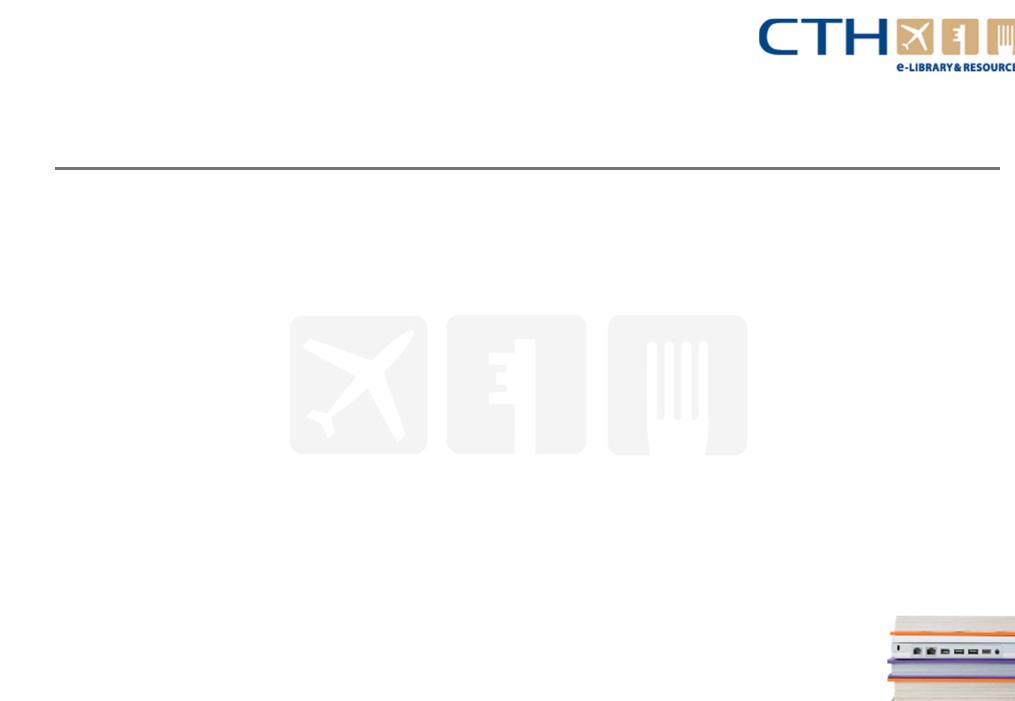
Chapter 3 – Check-in procedures
Monitoring room status
2.2 Manual room status records continued…
Room racks or reception boards
The system generally involves a wall-mounted rack with a labelled slot for each room, in which can be slotted a colour-coded file card or slip showing the current occupancy situation. Guest cards (of one colour) would be filled in with basic data such as name, number of persons, date of arrival and departure and room. Different coloured cards could be used to indicate rooms being cleaned, out of service and so on. Or the system might operate a 'traffic light' system of red (for 'reserved/occupied'), amber (for 'on change') and green (for 'available for letting').
Such a system provides an at-a-glance view of room availability - but still requires considerable effort to keep up-to-date each day, and with each change of room status.
www.cthresources.com |
Page 181 |
|
www.cthawards.com |
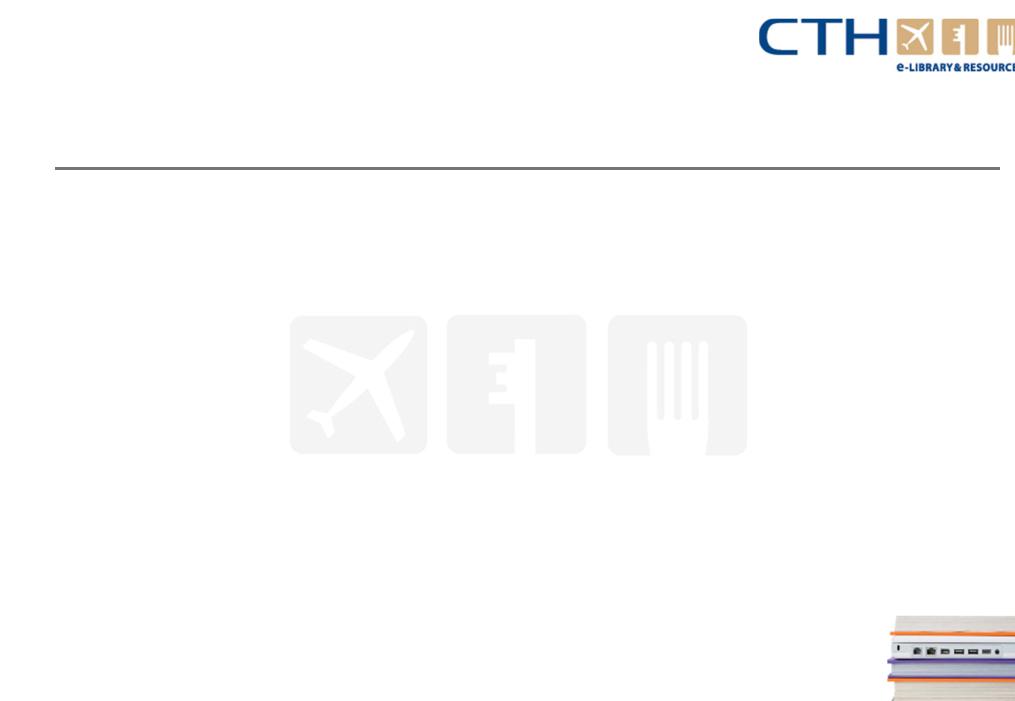
Chapter 3 – Check-in procedures
Monitor ing room status
2.3 Computerised room status records
Computerised room status displays keep track of room status through check-in and check-out processes.
●As rooms are allocated on reservation or registration, the system records their 'reserved' or 'occupied' status, and removes them from lists of available rooms.
●As guests check-out, the system notifies housekeeping (with a task list of rooms to be cleaned and readied for new occupants) and marks the room as being cleaned. Once housekeeping has logged each room as ready, the system changes the room status to 'available' (or 'reserved', as the case may be).
●As guest departure dates approach, the system may display a 'departure due' status (to signal that the room will soon be available).
●Because Hotel Management Systems are interlinked, it is generally possible to switch between advance booking charts and room status charts (sometimes, confusingly, called 'room racks'), so you can not only see whether a room is available today, but whether it will be available for the
next few days.
www.cthresources.com |
Page 182 |
|
www.cthawards.com |
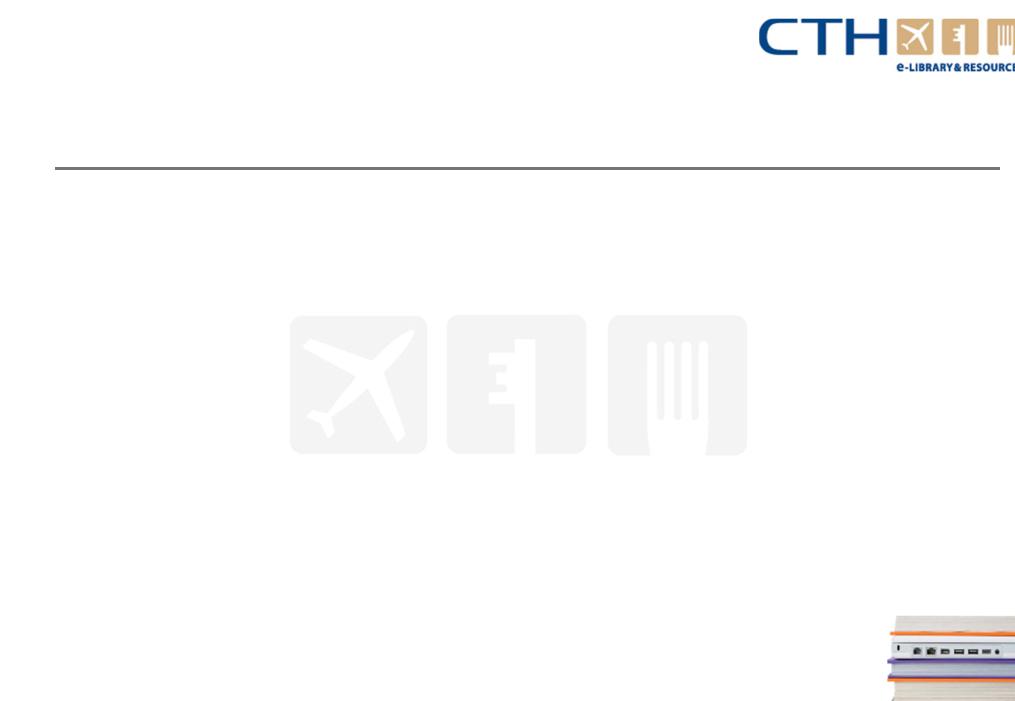
Chapter 3 – Check-in procedures
Chance arrivals, non-arrivals and booking changes
3.Chance arrivals, non-arrivals and booking changes
3.1Chance arrival
3.2Non-arrivals
3.3Changes to the booking
www.cthresources.com |
Page 183 |
|
www.cthawards.com |
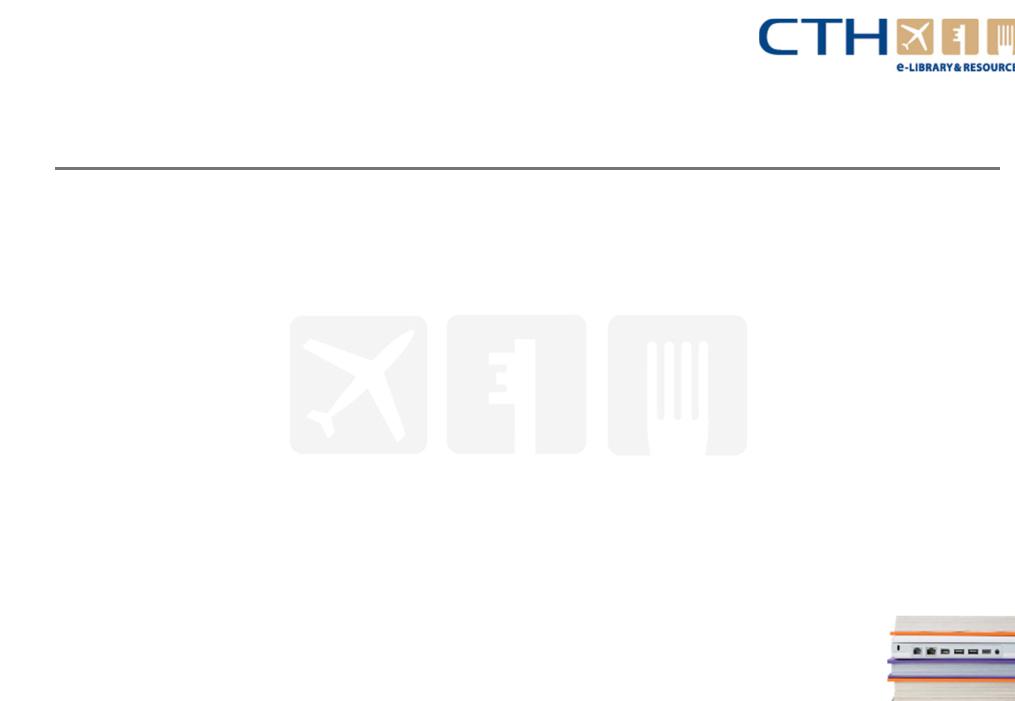
Chapter 3 – Check-in procedures
Chance arrivals, non-arrivals and booking changes
3.1 Chance arrivals
We have already flagged some of the issues surrounding chance guests, in our discussion of check-in procedures.
●The receptionist may need to juggle existing room allocations, or offer options, in order to accommodate a chance guest, since certain types of room may be fully booked or pre-allocated.
●The chance guest is likely to be completely unknown to the hotel, which presents various security and credit risks. The receptionist's 'radar' will be particularly primed for suspicious circumstances (such as a chance guest appearing without luggage), which might suggest inability to pay or the intention to leave without paying. Measures will have to be taken - without in any way implying to guests that the hotel suspects them of dishonesty'
●The receptionist may take stricter steps to verify the guest's registration details (e.g.. by requesting proof of identity).
www.cthresources.com |
Page 184 |
|
www.cthawards.com |

Chapter 3 – Check-in procedures
Chance arrivals, non-arrivals and booking changes
3.1 Chance arrivals continued…
●The receptionist may also request pre-payment, cash deposit or the Imprint of a credit card; decline to accept payment by cheque (without a bank's confirmation or guarantee) and so on.
●It is also standard procedure to ask chance guests without credit cards to pay cash for all extra expenses within the hotel, rather than charging them to the room. (In a computerised system, charges can be automatically blocked; in a manual system, reception may have to inform other departments.) Alternatively, a credit limit for extras may be set, so that guests cannot run up a large bill; when the bill reaches that amount, the guest is (tactfully) asked to settle up for the tit so far.
These kinds of security measures are only sensible. At the same time, some hotels will get as much as 90% of their business from chance arrivals, and must value these customers accordingly!
www.cthresources.com |
Page 185 |
|
www.cthawards.com |
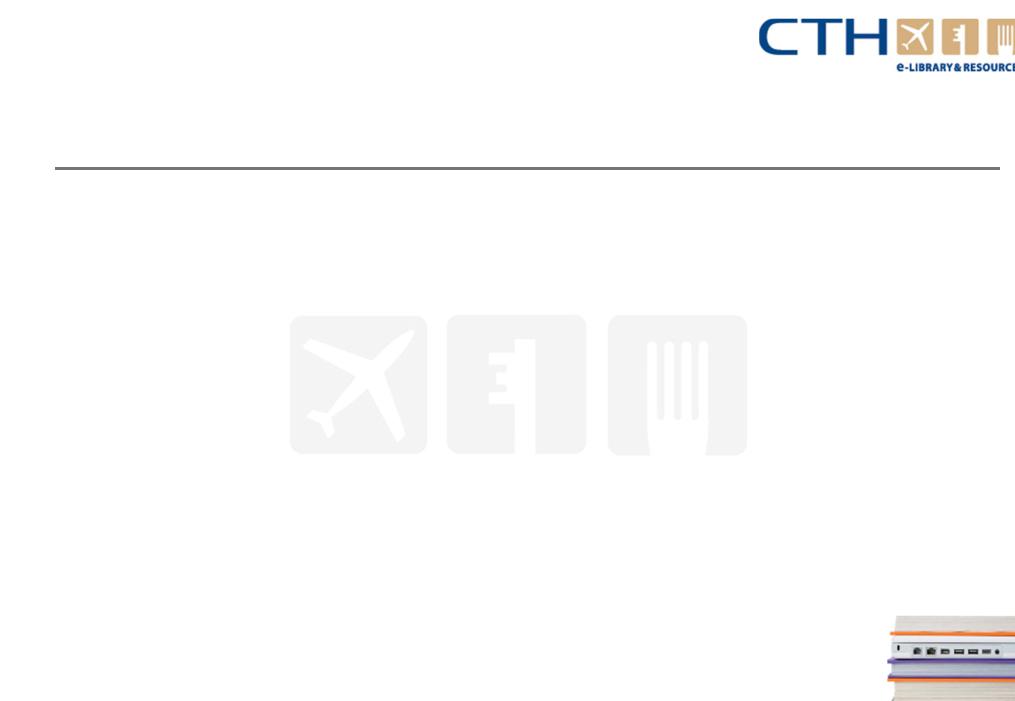
Chapter 3 – Check-in procedures
Chance arrivals, non-arrivals and booking changes
3.2 Non-arrivals
Cancelled bookings (and stays which are shortened at the last minute, due to a change of plans) at least give the hotel some notice, and a chance to re-Iet the room. In the case of no-shows, however, unless the hotel has a waiting list or planned overbooking in place, it may not be possible to re-Iet the room and the hotel will have lost revenue.
The hotel should seek to reduce the number of no shows by:
●'Chasing' unconfirmed bookings (by letter, e-mail or phone call), especially for group bookings.
●Re-confirming bookings by telephone on the day before due arrival (although this may only be possible for a small hotel).
●Imposing financial penalties for non-arrival, e.g.. taking bookings guaranteed by credit card; asking for a non-returnable deposit on booking; or imposing cancellation fees.
www.cthresources.com |
Page 186 |
|
www.cthawards.com |
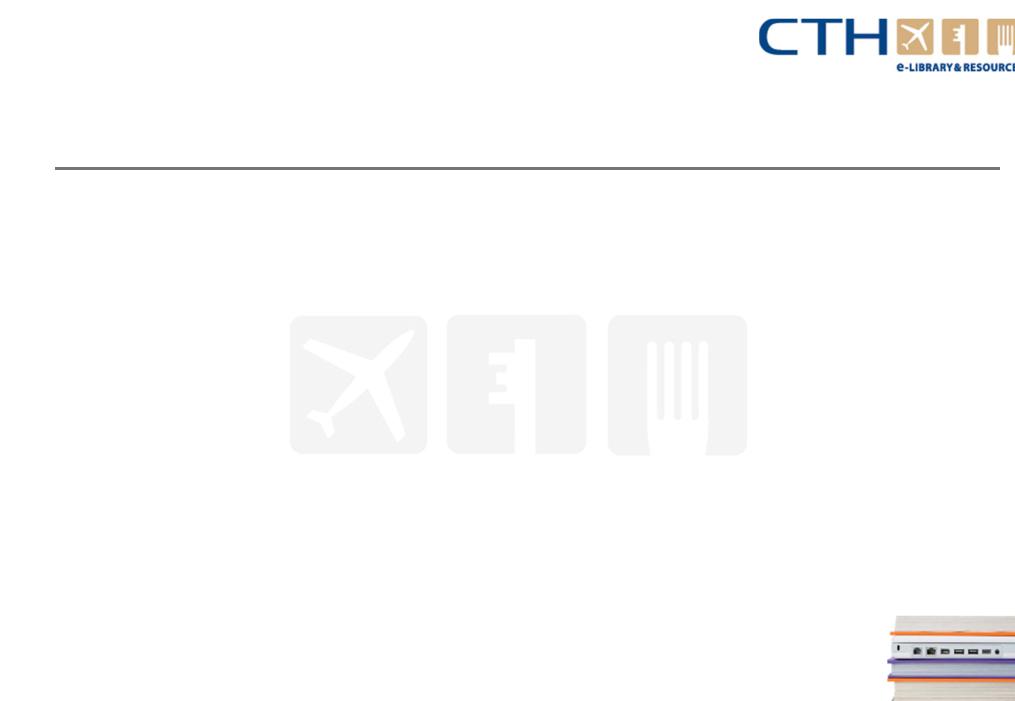
Chapter 3 – Check-in procedures
Chance arrivals, non-arrivals and booking changes
In addition, it should seek to minimise the impact of no shows by ensuring – as far as possible – that it will be able to re-let rooms by:
●Planned overbooking.
●Advertising 'release times' (e.g.. 6 pm release), and notifying guests of these as part of the terms and conditions of booking, that is, stating that rooms will only be held until a specified time, unless otherwise agreed, after which the hotel will be free to re-Iet the room.
●Waiting lists in periods of peak demand, so that once released, rooms can be offered to stand-by customers who in the meantime haven't made other arrangements.
●Notifying last-minute vacancies to appropriate agencies and organisations who may get a lot of lastminute accommodation enquiries, including hotel booking agencies and local tourist information bureaux.
The hotel may choose to take subsequent action against no-shows to gain compensation. It may not be worth the hassle of legal action for relatively small amounts, but the hotel may write a formal letter requesting compensation - if only to discourage repetition.
www.cthresources.com |
Page 187 |
|
www.cthawards.com |
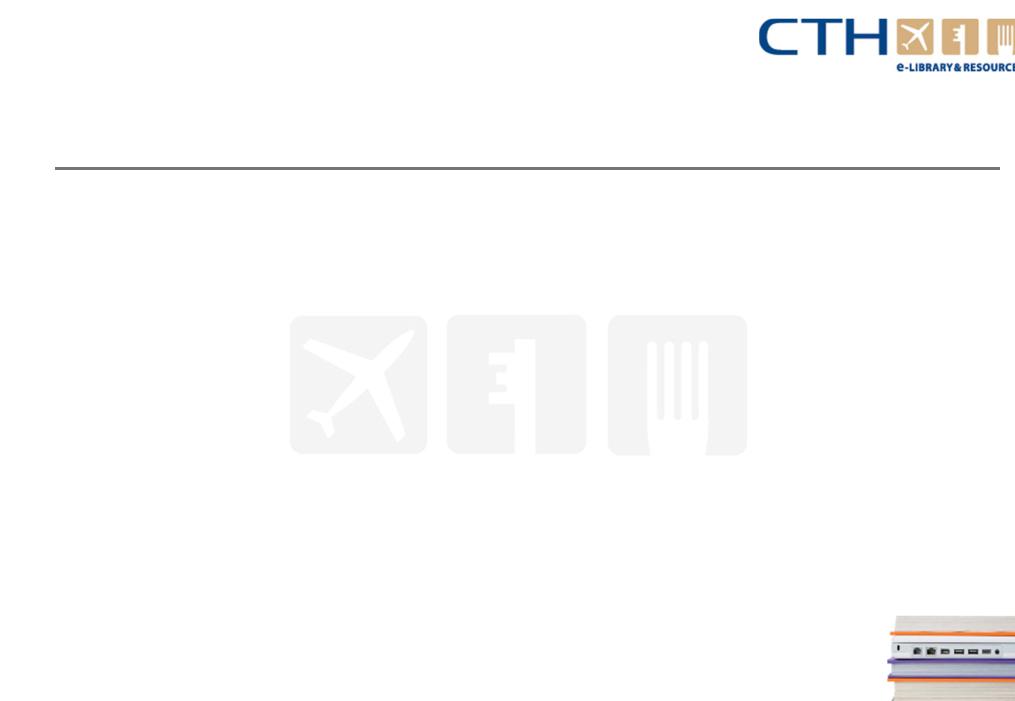
Chapter 3 – Check-in procedures
Chance arrivals, non-arrivals and booking changes
3.3 Changes to the booking
Guest will want to change rooms (on variety of reasons) – either immediately on inspection (e.g.. he doesn't like the room allocated) or at sometime during the stay (because the room proves to be too noisy, say, or a better room becomes available). There are a few key principles here.
●Guests' wishes should always be accommodated as far as possible, in order to ensure that they have a satisfying experience of the hotel (which they will wish to repeat and recommend to others).
●However, room changes can be disruptive, especially if other rooms have already been allocated.
-Front office staff may need courteously and regretfully to inform the guest that no other room is available, and offer alternative solutions to solve the guest's problem where possible.
All relevant records and charts will need to be amended to reflect the room change, so that other departments are properly informed, and no confusion about room status or guest billing. This is comparatively easy in a computerised system, which automatically amends and synchronises all records.
www.cthresources.com |
Page 188 |
|
www.cthawards.com |
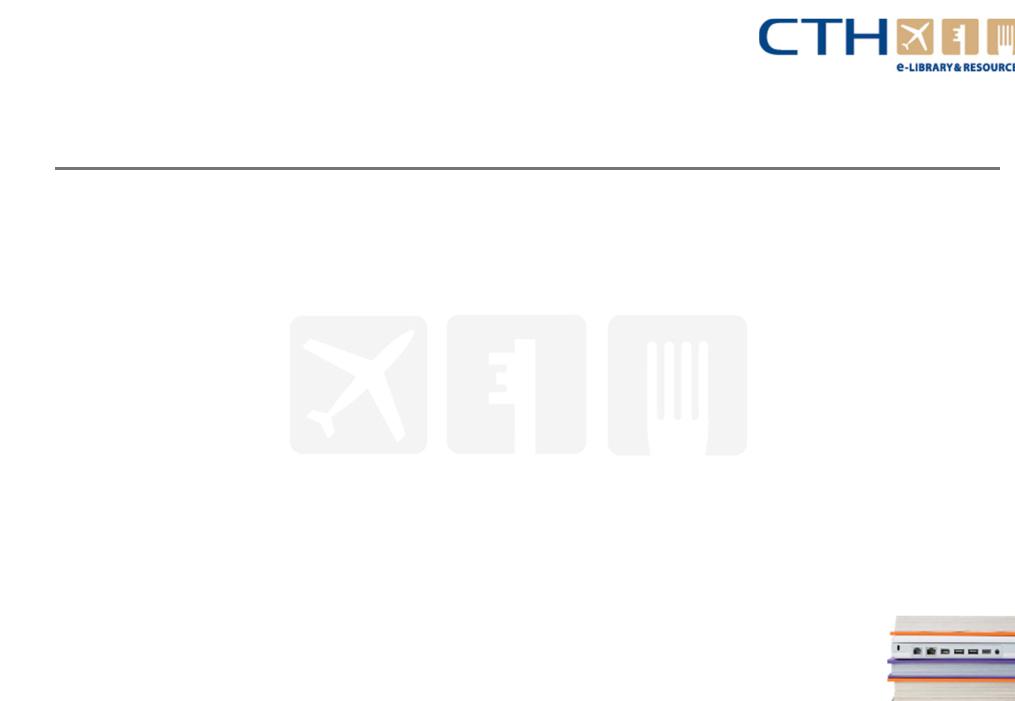
Chapter 3 – Check-in procedures
Group check-in
4.Group check-in
4.1Pre-registration
4.2Group check-in arrangements
www.cthresources.com |
Page 189 |
|
www.cthawards.com |
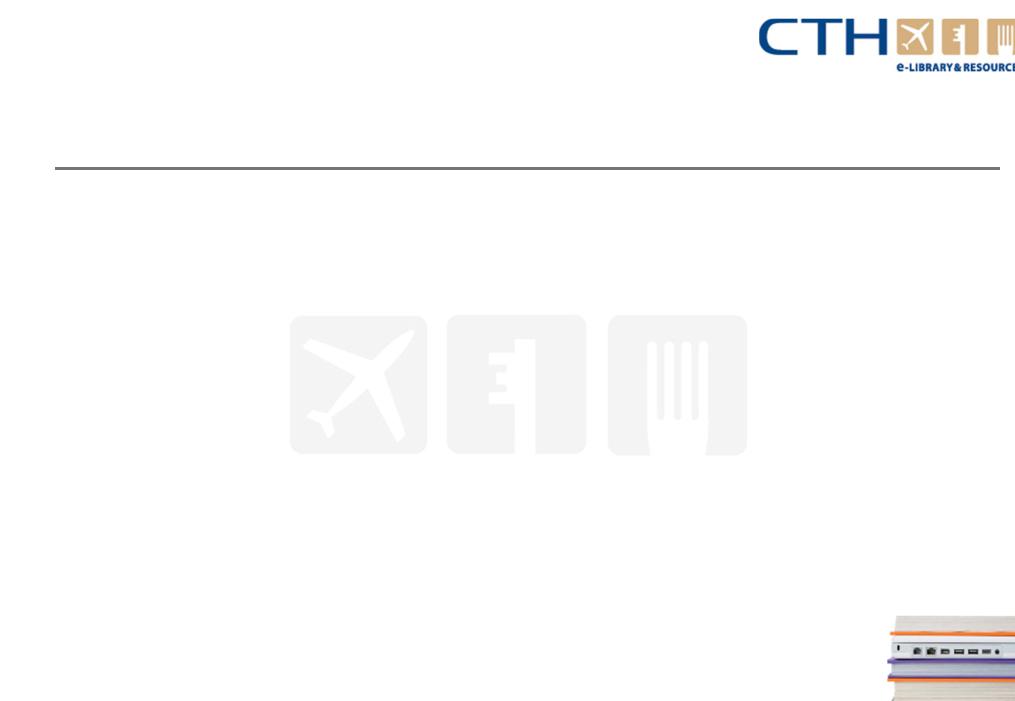
Chapter 3 – Check-in procedures
Group check-in
4.1 Pre-registration
A large group registering simultaneously could crowd the reception desk and cause frustrating queues and delays, both for the arriving group and for other guests who might need attention at the same time. Always try and pre-register the group as far as possible.
The reservations department should receive a finalised rooming list of group names and room preferences from the group leader or organiser some days in advance of arrival. Front office staff can then pre-prepare a set of individual registration cards, to which room numbers are added (when allocated) and room keys attached. The card and key, together with the group's programme (e.g.. conference or meal arrangements) and a map and brochure of the hotel, say, can be put into individual envelopes or 'Welcome Packs' for each group member.
When the group arrives directed them to a separate desk, area or room, where they can be handed their envelopes and asked to sign their registration cards, for collection and return to reception. Meanwhile, the group can proceed direct to their rooms without further business at the reception desk.
www.cthresources.com |
Page 190 |
|
www.cthawards.com |
